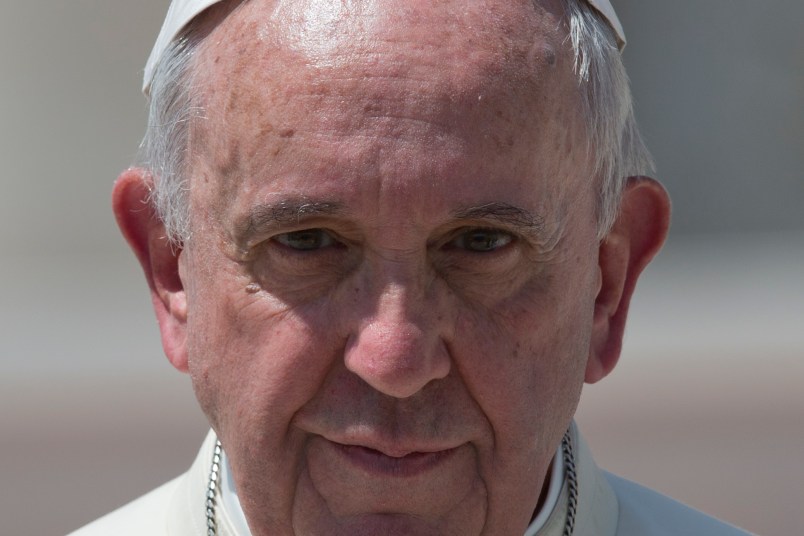UPDATE: May 13, 2015, 10:27 AM EDT
VATICAN CITY (AP) — The Vatican has officially recognized the state of Palestine in a new treaty.
The treaty, which was finalized Wednesday but still has to be signed, makes clear that the Holy See has switched its diplomatic relations from the Palestine Liberation Organization to the state of Palestine.
The Vatican had welcomed the decision by the U.N. General Assembly in 2012 to recognize a Palestinian state. But the treaty is the first legal document negotiated between the Holy See and the Palestinian state and constitutes an official diplomatic recognition.
“Yes, it’s a recognition that the state exists,” said the Vatican spokesman, the Rev. Federico Lombardi.
Palestinian President Mahmoud Abbas is due to visit Pope Francis on Saturday before the canonization of two new saints from the Holy Land a day later.
The Vatican has been referring unofficially to the state of Palestine for at least a year.
During Pope Francis’ 2014 visit to the Holy Land, the Vatican’s official program referred to Abbas as the president of the “state of Palestine.” In the Vatican’s latest yearbook, the Palestinian ambassador to the Holy See is listed as representing “Palestine (state of).”
The Vatican’s foreign minister, Monsignor Antoine Camilleri, acknowledged the change in status, given that the treaty was initially inked with the PLO and is now being finalized with the “state of Palestine.” But he said the shift was simply in line with the Holy See’s position.
Copyright 2015 The Associated Press. All rights reserved. This material may not be published, broadcast, rewritten or redistributed.







Well, I guess Bibi won’t be sending Pope Francis any boxes of chocolate-dipped strawberries in the near future.
Good for the Vatican. Most of the world turns their back on what is going on in that part of the world. It is great to see the Pope cares.
This will piss off repugs to no end. GOOD.
Finally!! Thank you Pope Francis for pissing off every single republican in the United States. You rock!!!
Thank you Pope Francis.
This will give hope to the millions of people kept as second class residents in the land of their birth in the West bank and to the 1.7 million people kept under brutal and inhumane conditions in the Ghetto of Gaza.